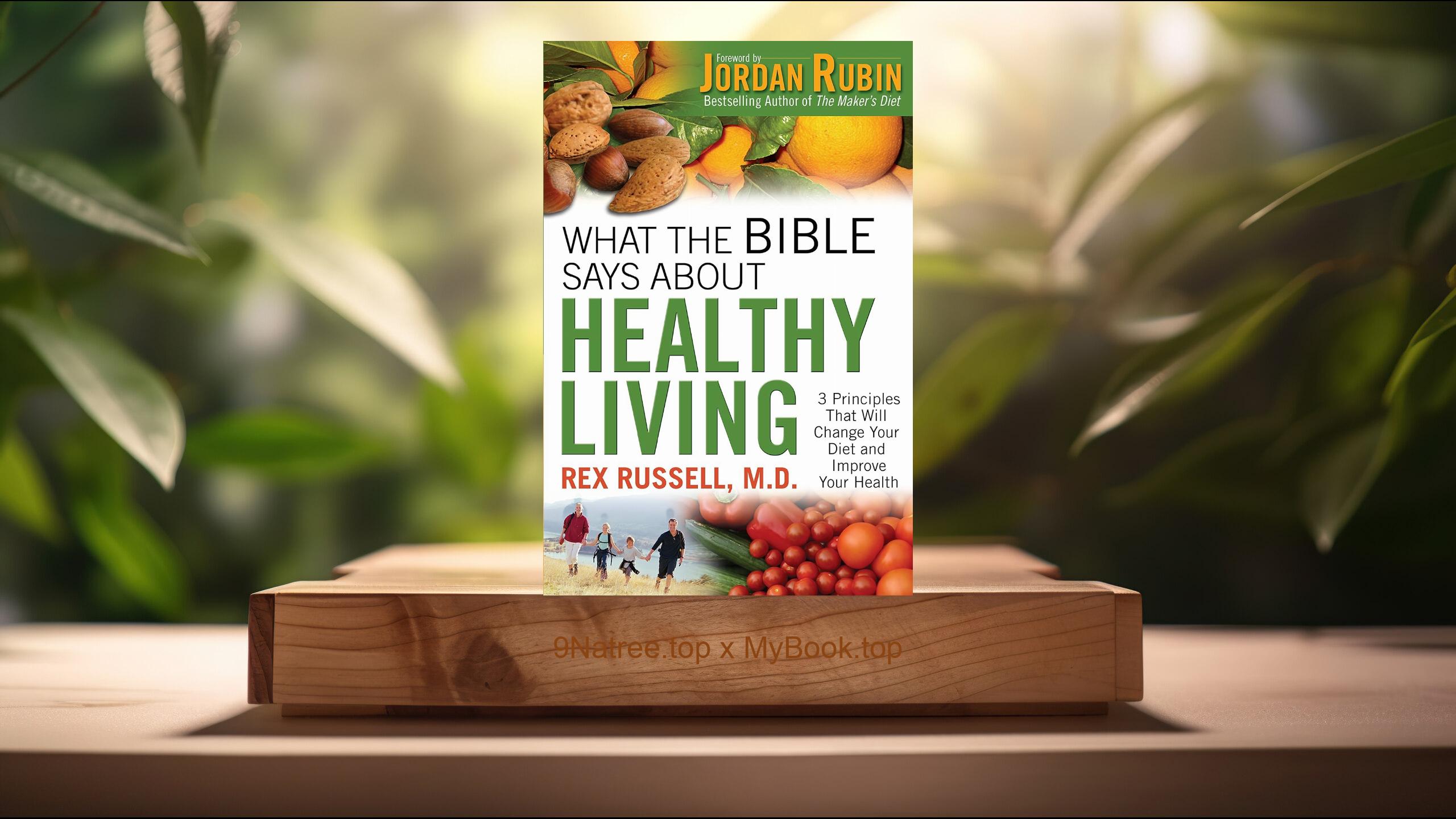Show Notes
Buy on Amazon: https://www.amazon.com/dp/B01MZJ08US?tag=9natree-20
Read more: https://mybook.top/read/B01MZJ08US/
#EmotionalIntelligence #Neuroscience #Psychology #CulturalInfluence #PredictiveCoding #BodyBudgeting #ConstructedEmotions
These are takeaways from this book.
Firstly, The Theory of Constructed Emotions, The core of Lisa Feldman Barrett's argument rests on the Theory of Constructed Emotions. This paradigm-shifting view suggests that emotions are not hard-wired into our brains but are constructed in the moment by our brains. According to Barrett, what we experience as emotion is the brain's interpretation of sensory inputs based on past experiences, cultural understanding, and immediate context. This means that instead of having a universal feeling of 'sadness' or 'joy,' our brains construct these emotions differently every time. This theory challenges the classical model of emotions, which posits that emotions are biologically innate and universally expressed by humans. Barrett supports her argument with a wealth of neuroscience research, showing that the brain uses a combination of sensory inputs, memories, and predictions to construct what we perceive as a unified emotional experience. This understanding transforms our approach to emotions, suggesting they are more personalized and context-dependent than previously thought.
Secondly, The Role of the Brain in Emotion, An essential aspect of 'How Emotions Are Made' is exploring the role of the brain in creating emotions. Barrett delves into the complexity of the brain's architecture, explaining how different regions collaborate to construct experiences and emotions. Contrary to the belief that specific emotions can be pinpointed in certain brain areas (a notion popularized by the 'limbic system' theory), Barrett presents evidence that the brain is a networked system. This interconnected system works together to generate predictions about what we will encounter in the world and how we should react. These predictions are based on past experiences and cultural context, indicating that the brain is constantly learning and adapting. This process, called 'predictive coding,' highlights that our emotions are not reactions to the world but the brain's best guesses of what it expects to experience. This perspective shifts the focus from emotions being reactive to being predictive, emphasizing the brain's active role in constructing our emotional experiences.
Thirdly, Cultural Influence on Emotions, Barrett's work significantly emphasizes the influence of culture on emotions, proposing that our emotional constructs are deeply rooted in cultural context. This topic explores how different societies have varied emotional vocabularies and conceptualizations, which in turn shape how individuals within these cultures experience and express emotions. Barrett argues that our brains learn emotional concepts from the 'emotional communities' we are part of, which means that the emotions we feel are not only personal creations but also social constructs. For instance, some cultures have specific words for particular emotions that do not have direct translations in other languages, reflecting the unique emotional landscapes of each culture. This variation underscores the idea that emotions are not universal but are tailored by the cultural contexts in which we live. Understanding this helps us comprehend how cross-cultural misunderstandings about emotions occur and encourages a more empathetic approach to interacting with people from different emotional communities.
Fourthly, Implications for Health and Well-being, The implications of the Theory of Constructed Emotions reach far beyond the academic realm, significantly affecting health and well-being. Barrett's research suggests that our emotional constructs can influence our physical health in various ways. For example, how we perceive and interpret our stress levels can change how our bodies react to stress, potentially impacting our risk for chronic diseases. Moreover, Barrett discusses the concept of 'body budgeting' – the idea that the brain manages the body's resources, balancing inputs (like food and sleep) and expenditures (like stress and effort) to maintain well-being. Mismanagement of this body budget, often through chronic stress or poor emotional regulation, can lead to physical and mental health issues. Barrett suggests that by understanding how our emotions are made, we can better manage our body's resources, improve our emotional intelligence, and consequently enhance our overall well-being. This perspective offers a powerful tool for health promotion and disease prevention, emphasizing the role of psychological factors in physical health.
Lastly, Legal and Social Implications, Another vital area 'How Emotions Are Made' touches upon is the legal and social implications of the constructed theory of emotions. Barrett argues that our legal systems often operate under the assumption that emotions are biologically innate and universally experienced, which can influence judgments and sentencing. For example, the perception of 'guilt' or 'remorse' can be swayed by cultural differences in emotional expression, potentially leading to biases in legal outcomes. Furthermore, understanding that emotions are constructed challenges social norms around emotional expression, questioning societal expectations about how 'appropriate' emotions are expressed in different contexts. This insight calls for a more nuanced approach to interpreting emotions in legal and social contexts, promoting fairness and reducing biases. Barrett's work has the potential to revolutionize how we approach emotional evidence in the courtroom, as well as our broader societal understanding of emotions, urging us to consider the complex interplay of biology, experience, and culture in shaping our emotional lives.
In conclusion, Lisa Feldman Barrett's 'How Emotions Are Made: The Secret Life of the Brain' is a must-read for anyone interested in psychology, neuroscience, or simply understanding the complexity of human emotions. Whether you are a professional in the mental health field, a legal expert, or just curious about the workings of the mind, this book offers valuable insights. Its revolutionary theory has the power to transform how we think about emotions, their impact on health, legal systems, and our interpersonal relationships. By challenging long-standing myths about emotions and presenting a scientifically backed argument, Barrett equips readers to better navigate their emotional landscape and understand those around them. This book is not just an eye-opening exploration of the brain and emotions but a guide to living a more empathetic and emotionally intelligent life. In a world where emotional intelligence is as critical as ever, 'How Emotions Are Made' can significantly benefit your personal growth, well-being, and relationships.
![[Review] How Emotions Are Made: The Secret Life of the Brain (Lisa Feldman Barrett) Summarized](https://episodes.castos.com/660078c6833215-59505987/images/1699894/c1a-085k3-wnvvz90xs866-dbefse.jpg)




